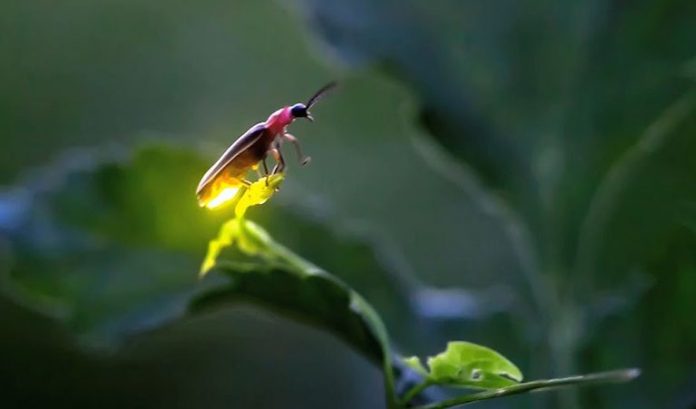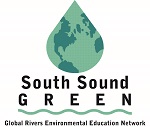Submitted by South Sound GREEN
In the face of COVID-19 and recent stay at home order, parents and guardians may find themselves looking for activities that not only keep students engaged, but also provide information about local environmental science and concerns. In our South Sound GREEN Home Based Science Project series, we will introduce and demonstrate various hands-on and at-home activities for children of all ages to do either indoors or outside!
 Today, we’re learning about bioluminescence, where to find it in the wild, and how to recreate the experience at home!
Today, we’re learning about bioluminescence, where to find it in the wild, and how to recreate the experience at home!
Bioluminescence in a Jar
Grade Level: K-5th
Materials
- Clear jar with lid
- Water
- Aluminum foil
- Flashlight
Imagine you’re living at the bottom of the ocean, thousands of feet below the surface of the water. The sun’s rays don’t reach this far down, so it’s completely dark. Suddenly, you see a flash of light – where could it be coming from? What could be creating light at the bottom of the ocean? Is it a submarine? Is it an alien? No, it’s bioluminescence!
Bioluminescence is when living organisms (bio-) produce their own light (-luminescence). This happens through a chemical reaction within the organism, just like how your body breaks down food with a chemical reaction. The result of this reaction is light, and the brightness and color of the light varies between different organisms. A common example of bioluminescence is from fireflies, which can choose when to create small flashes of light in order to attract other fireflies or send a warning to scare away any animals that might be considering them for a snack. But did you know that there are bioluminescent organisms in the ocean, and even in Puget Sound?
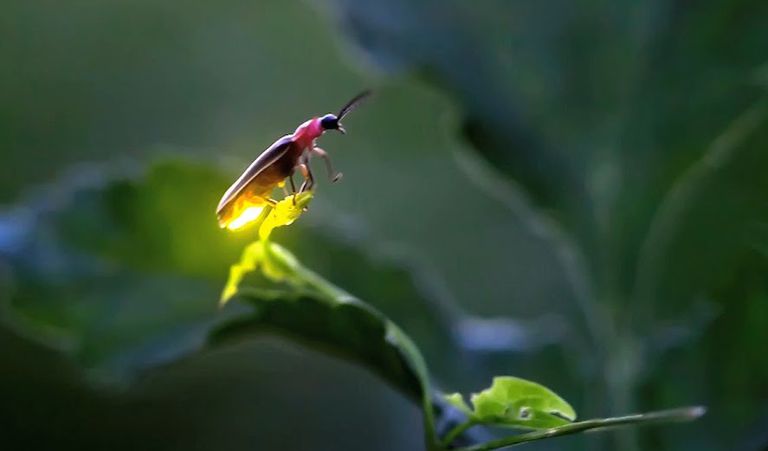
Imagine again that you’re at the bottom of the ocean – why would an organism down here want to make their own light? In most cases, deep sea organisms that use bioluminescence (like the anglerfish) do so to lure in food, who are often curious about the light source without seeing what’s producing it. But there are plenty of bioluminescent in other parts of the ocean as well. Plankton, as we discussed in our Plankton Snowflakes activity, live almost everywhere in the ocean, and some of these plankton possess bioluminescence as well. Dinoflagellates, which are a type of plankton, can live in surface waters and use bioluminescence as a defense mechanism when they are disturbed, alerting potential predators “if you eat me, you’re going to be bright enough to be eaten by something else”! This can create an eerie effect along beaches and coastlines, where on a clear night the waves will appear to be glowing from all the bioluminescence! In fact, you can see bioluminescent water in Puget Sound right now – the dinoflagellate populations, and therefore the brightest water, usually peaks in August for us in South Sound. These dinoflagellates have the scientific name Noctiluca, which even roughly translates to “night light”!
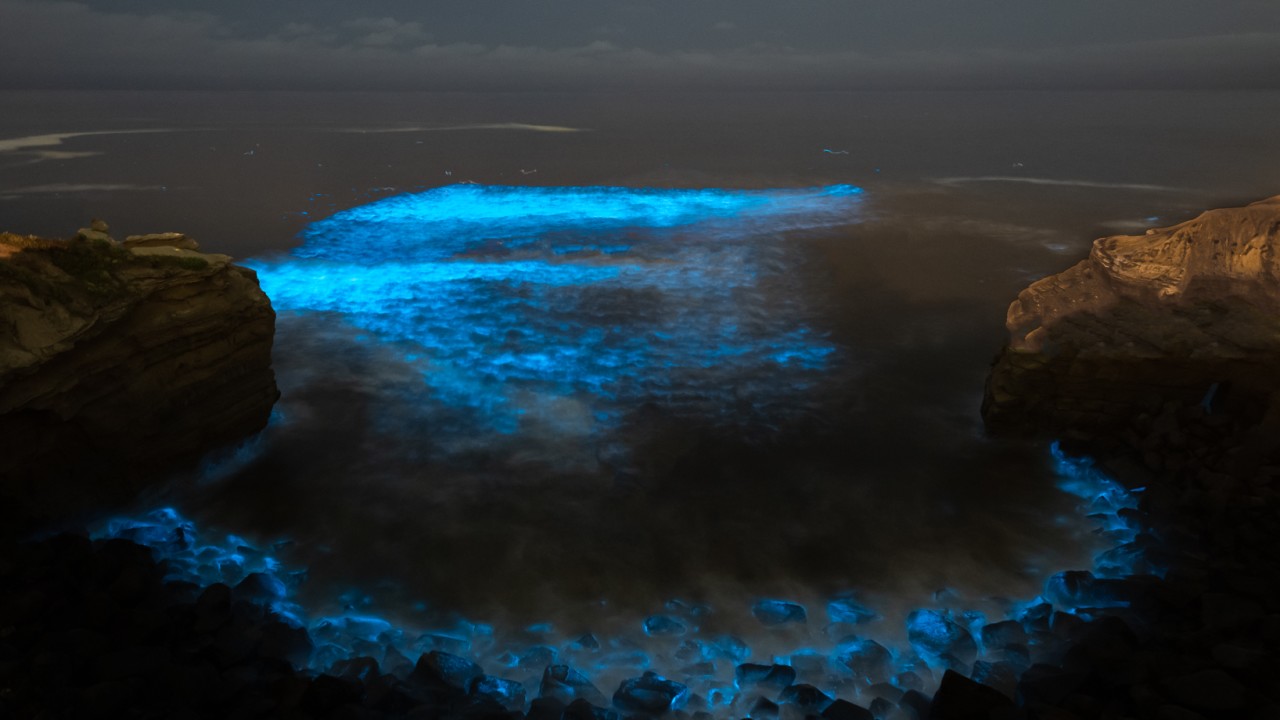
We’ll give you tips for seeing real bioluminescence later on, but if you aren’t able to see bioluminescent plankton in person, you can still make “bioluminescence” in your own home!
Procedure
- Take a small piece of aluminum foil and tear it into tiny pieces. You want the pieces small enough that they will eventually be able to drift through water. These pieces of foil will be your bioluminescent dinoflagellates! Be careful when tearing – aluminum foil can be sharp!
- Once you have a small pile of “plankton”, fill a clear jar with water and add your aluminum foil. Secure the lid of the jar tightly.
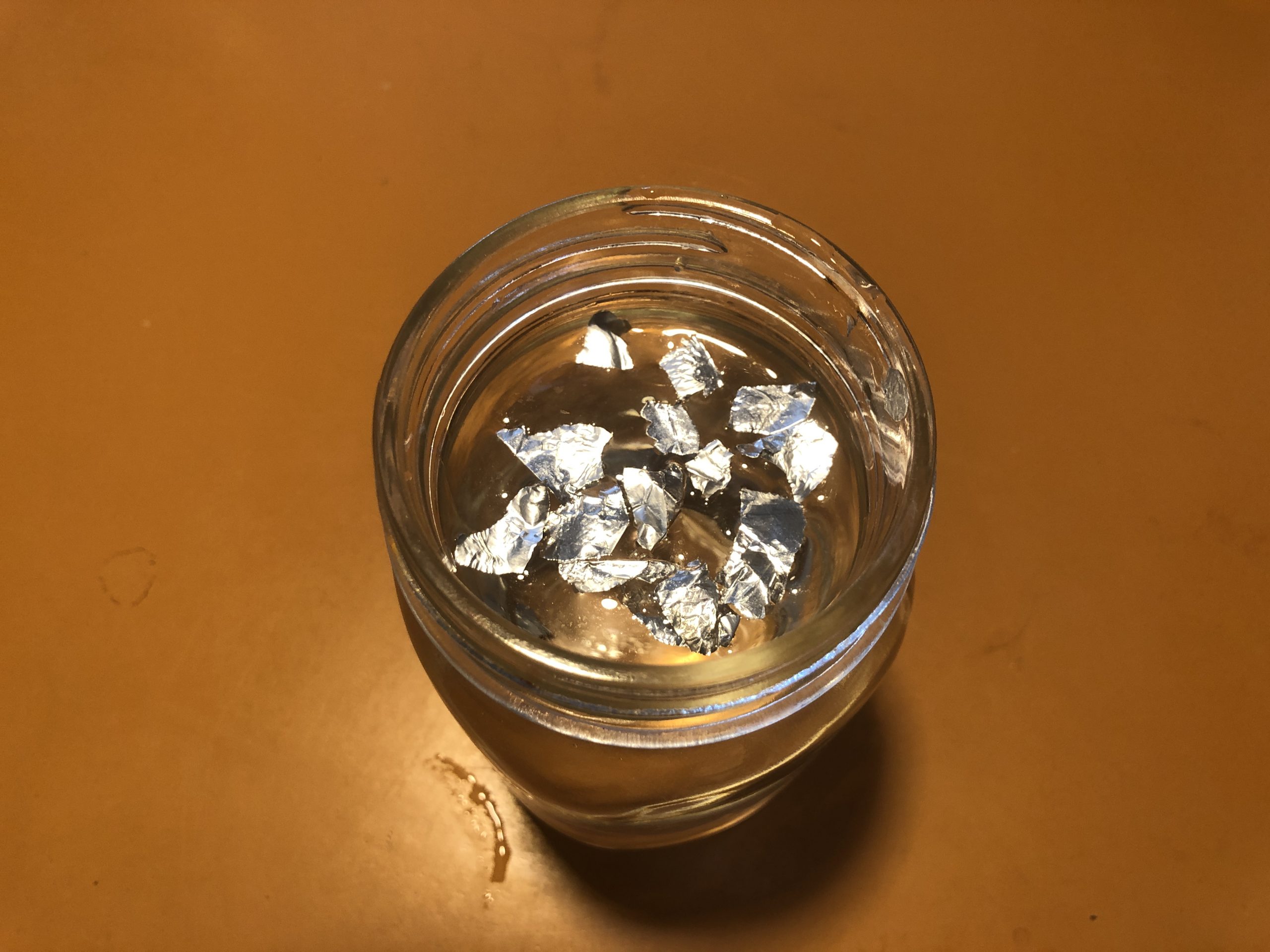
- Bring your jar, as well as your light source, into a bathroom, closet, or other small, dark room. When you’re all set up, close the door so that it is completely dark.
- Shake the jar for a few seconds to stir up the foil, and then shine a flashlight at the jar. Your jar should sparkle as if it was full of bioluminescent plankton! Just like in the wild, these plankton won’t create bioluminescence unless disturbed or moved, so shake the jar again if the foil settles on the bottom or floats to the top. If you have a different colored flashlight, try it out and see how it changes your “plankton”!
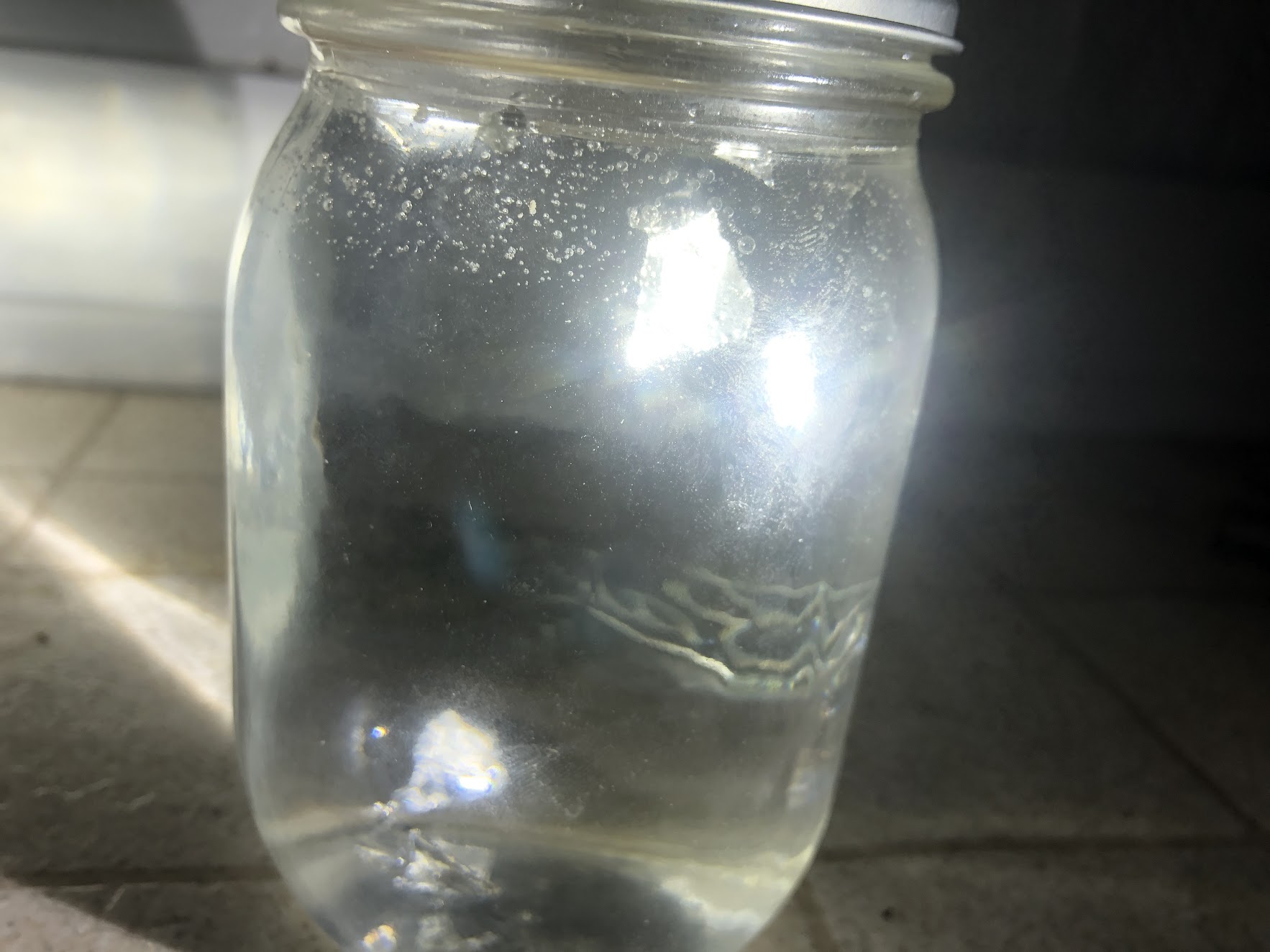
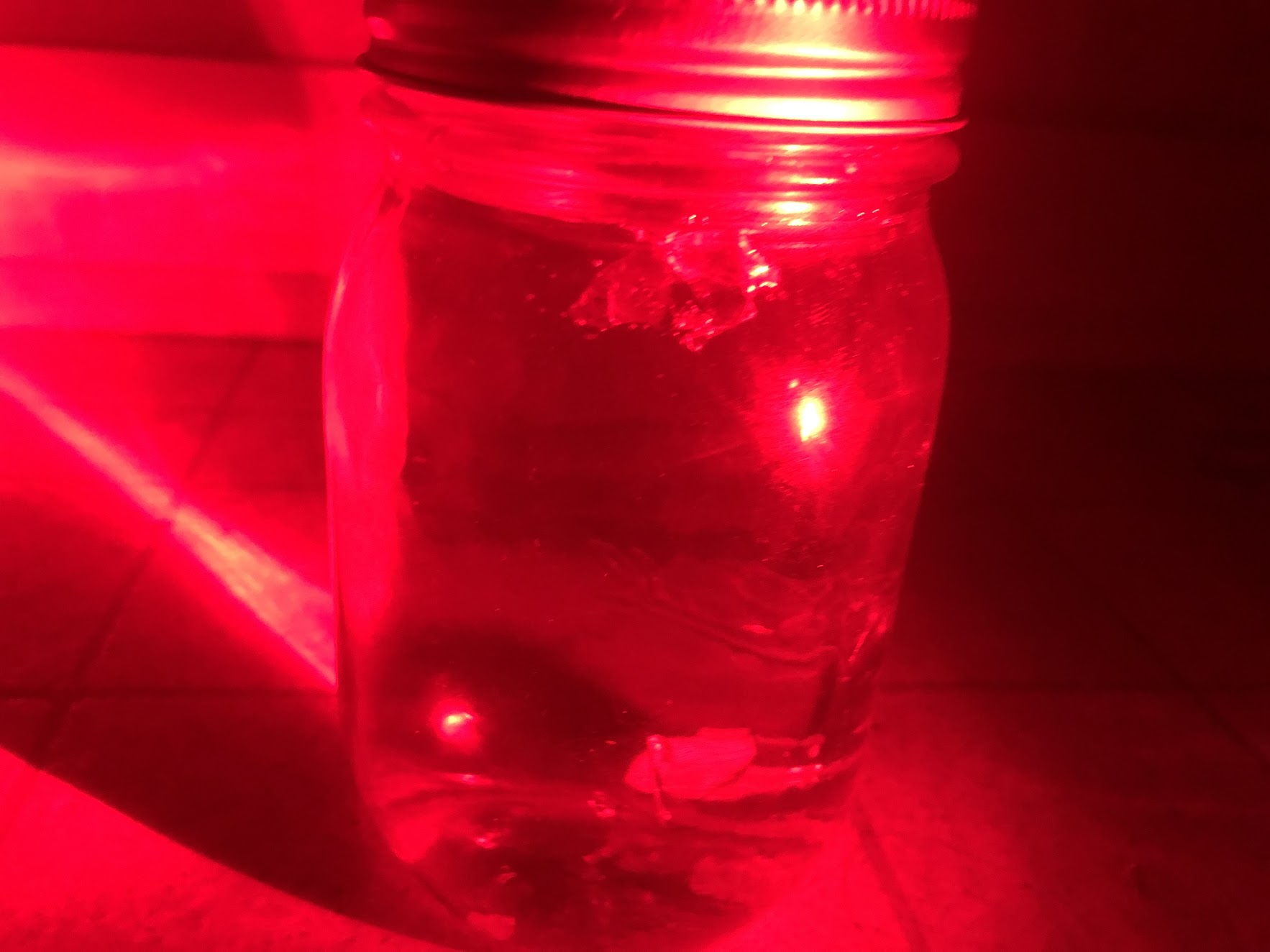
- When you’re done, make sure to take all the aluminum foil pieces out of the water before dumping the water down a sink. All of the foil needs to go in the garbage!
Vocabulary
- Bioluminescence: The event of living organisms producing their own light
- Dinoflagellate: A type of plankton that produces its own food. They can sometimes create bioluminescence.
- Plankton: Organisms that live in aquatic environments and cannot fully move against currents
Keep Learning!
- There are a lot of cool bioluminescence activities you can do if you have glow sticks! You can find those activities here.
- Using a special camera or app for your smartphone, you can do “light paintings” of bioluminescent organisms. Find more information here.
- Go see bioluminescence in nature yourself! The best way to do this is by going to a local beach on a dark night, either with a lot of clouds or no moon. In the South Puget Sound area, bioluminescent plankton populations usually peak in August and September. Head down to the water and see if you notice any light coming off of the waves. You can also collect a bucket of water and swish your hand through it. If there are bioluminescent plankton in it, the bucket should glow!
- Share your projects with us on Instagram! Use the hashtag #GREENfromhome or find us at @southsoundgreen.
South Sound GREEN (Global Rivers Environmental Education Network) is a watershed education program in Thurston County that educates, empowers and connects thousands of local students in watershed studies annually. Through South Sound GREEN, participants engage in science and engineering practices related to water quality in South Sound. For more information, visit southsoundgreen.org.






































